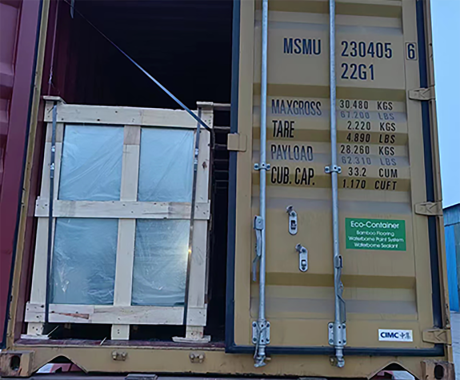

Understanding 10mm Tempered Glass Properties, Applications, and Benefits
10mm tempered glass, often referred to as toughened glass, has become a popular choice in various applications due to its durability, strength, and safety features. Made from standard glass that is heated to over 600 degrees Celsius and then rapidly cooled, tempered glass undergoes a process that enhances its physical properties significantly. This article explores the important characteristics and applications of 10mm tempered glass, highlighting why it is a preferred material in modern design and construction.
One of the foremost advantages of 10mm tempered glass is its increased strength compared to regular glass. The tempering process creates internal compressive stresses, allowing the glass to withstand impact and thermal stresses much better. As a result, 10mm tempered glass is often used in environments where safety and resilience are paramount. For example, it is commonly employed in shower enclosures, glass doors, and partition walls, where the risk of breakage is higher.
Another significant feature of 10mm tempered glass is its safety profile. When broken, it shatters into small, blunt pieces rather than sharp shards, reducing the risk of serious injuries. This property makes it an ideal choice for areas frequented by people, including commercial spaces, offices, and residential settings. Building codes in many regions mandate the use of tempered glass in certain applications, underscoring its importance in ensuring public safety.

The aesthetic appeal of 10mm tempered glass cannot be overlooked. Its transparency allows for unobstructed views and an open, airy feel to spaces. Architects and designers appreciate its versatility, as it can be used in various designs, from minimalist to contemporary. Moreover, tinted and coated options are available, giving flexibility in terms of aesthetics and energy efficiency.
In terms of installation, 10mm tempered glass is user-friendly. Its standardized thickness allows for easy incorporation into various structures, and it can be cut to size to meet specific design requirements. Additionally, its resistance to thermal stress means that it can be used in situations where temperature fluctuations are common, making it suitable for both indoor and outdoor settings.
In conclusion, 10mm tempered glass is a robust and versatile material that combines safety, strength, and aesthetic appeal. Its applications span a wide range of industries, from architecture to automotive, making it an integral component of modern construction and design. As technological advancements continue to evolve, the use of tempered glass is likely to expand, further underscoring its value in contemporary environments.